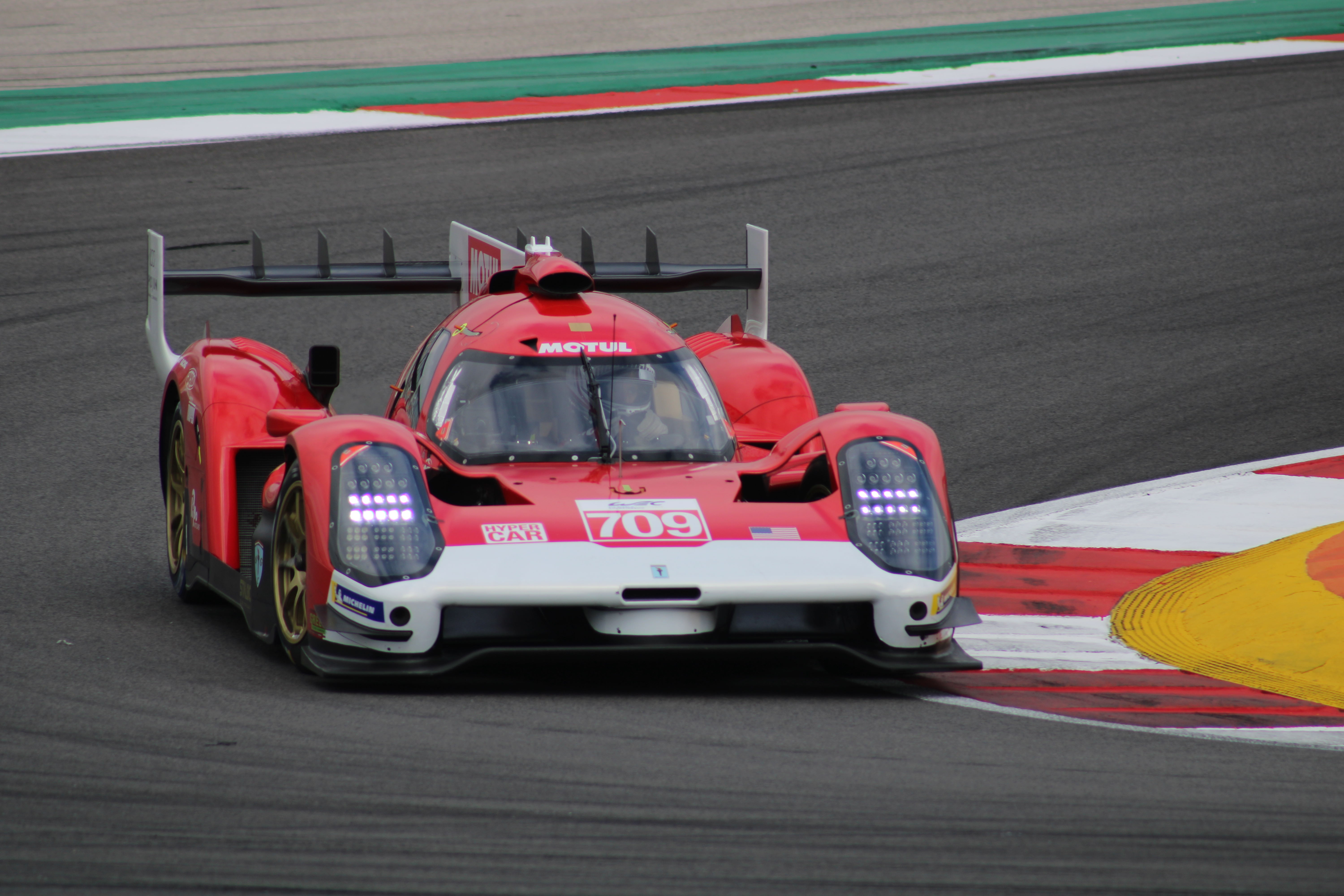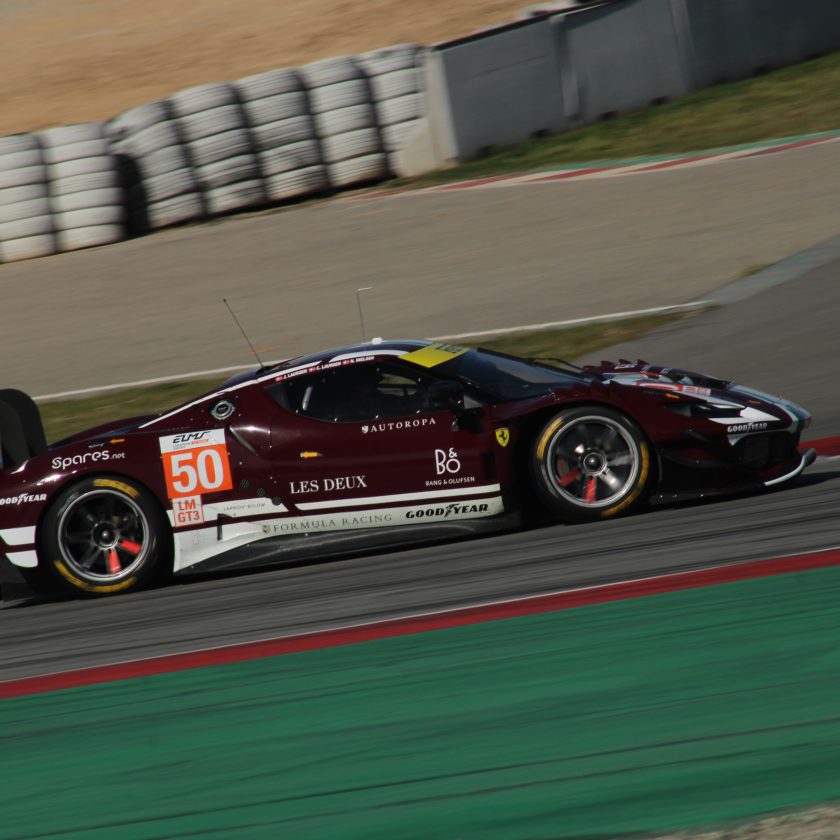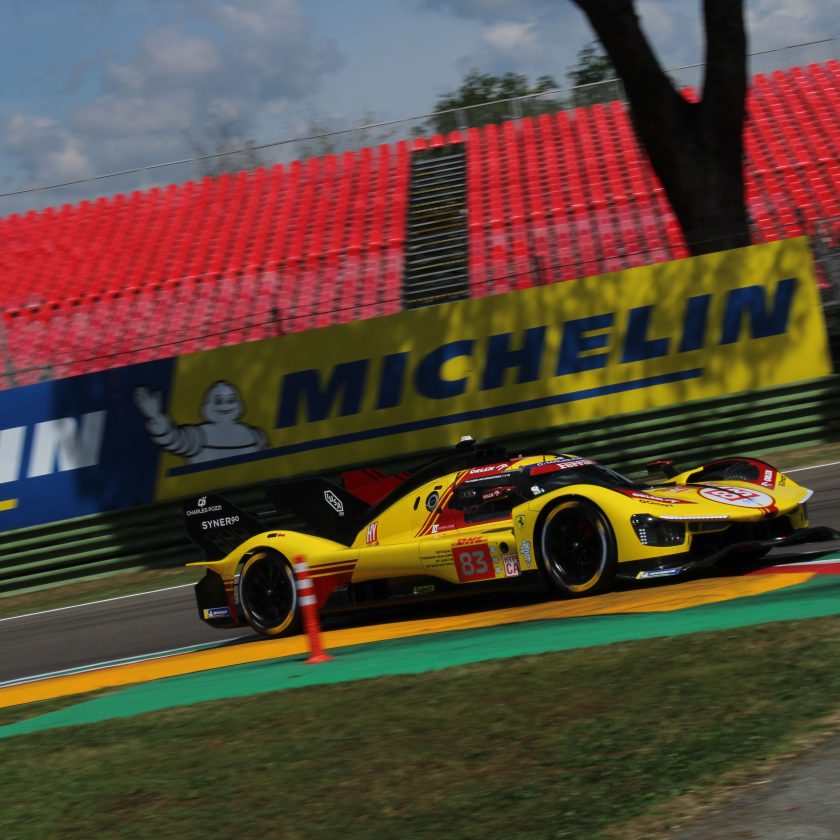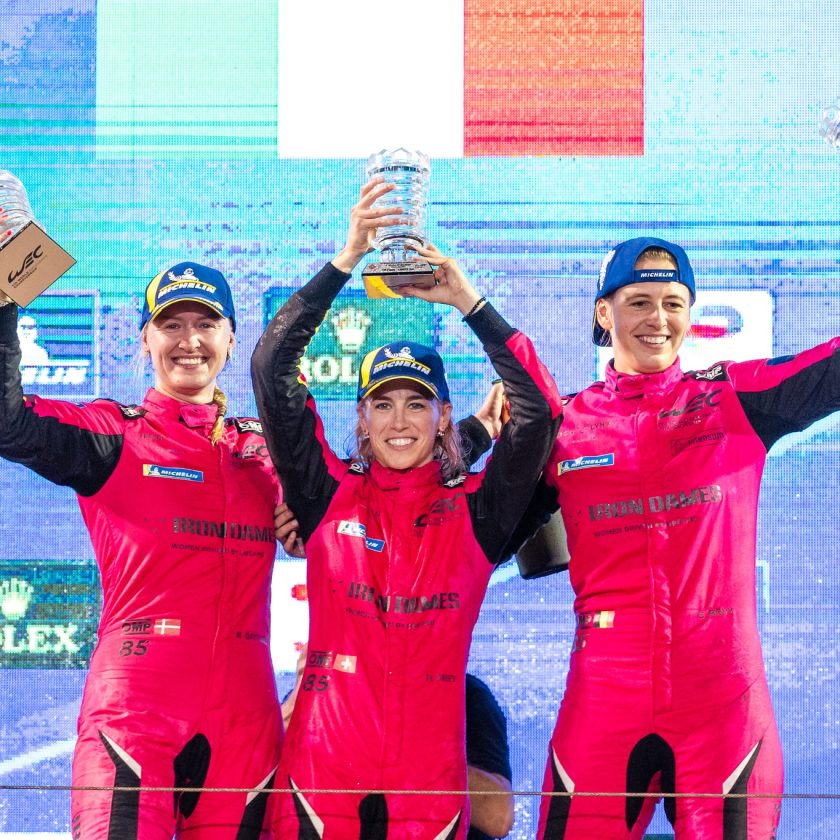Automobile Club de l’Ouest (ACO), Fédération Internationale de l’Automobile (FIA), and International Motor Sports Association (IMSA) have agreed on the new LMH, LMDh and LMP2 rules for the future years in sportscar racing.
The three parties have been working towards this collaboration for a long time, with the announcement happening at Daytona 2020, where the new LMDh regulations were announced too.
It was already announced back then, that the LMDh models would be welcome in the FIA World Endurance Championship, and at the 24 Hours of Le Mans, while the Americans were holding back a bit more regarding a visit from the LMH teams.
But an agreement has been reached regarding a common BOP solution, so the four-wheel-drive LMH cars can compete in the USA too. LMH has a very open rule set, allowing both cars with and without hybrid systems to compete, and in the case of hybrid, it’s typically four-wheel-drive. Glickenhaus has opted to run without hybrid on their SCG007, so that has to be fitted in as well.
The LMDh models will all be running a standard hybrid system, but with the extra power going to the rear wheels only, while each manufacturer is allowed their own bodywork and their own engine, to put onto the LMP2 chassis.
IMSA does however make a point, that the car manufacturers have to sign a commercial deal with IMSA to be able to compete. Each car manufacturer which competes in IMSA, will have to pay 1 Million US Dollar, even if they only want to do the Daytona 24 Hours – and that is no matter if you are in DPi, GTLM or GTD. The rules have been like that for many years, but it has been important for IMSA, to make sure that Peugeot, Glickenhaus, Ferrari or Toyota Gazoo Racing doesn’t just show up for the Daytona 24 Hours, potentially wins the race, and run away with a set of Rolex watches, and never come back or bring anything else to the series within that season.
Glickenhaus has previously been very outspoken in the unfairness of LMDh being allowed at Le Mans, but their LMH car not being allowed at Daytona – at that point in time. But that has been rectified with this announcement.
The regulations got final approval by the World Motorsport Council yesterday, when they held a meeting in Monaco.

Photo: JJ Media
The future of LMP2 was also decided on that meeting, with the current LMP2 cars being able to run until the end of 2023. They were originally planned to be introduced earlier, but the COVID-19 situation has delayed everything, including the LMDh cars, which will be based on the new generation LMP2 cars. By delaying the introduction of the new LMP2 until 2024, the will be a chance for the chassis manufacturers to focus on the delivery of the new LMDh cars, for their introduction in 2023, and then slowly start working on the LMP2 cars for the year after.
There have already been talks of a potential shortage of LMP2 cars available, since they all have to be build by ORECA, Ligier, Dallara or Multimatic. At this point, Multimatic has agreed with Porsche/Audi, while ORECA will continue with the new Acura(Honda) LMDh car. Dallara is expected to continue with General Motors, no matter if it’s going to be Cadillac or not, continuing in IMSA. There isn’t much news regarding Ligier, but they are most likely involved in the Peugeot Hypercar programme, without any of the parties actually willing to confirm that.
The first chance to see LMH race in the IMSA series, will be at Daytona 24 Hours in January 2023.



